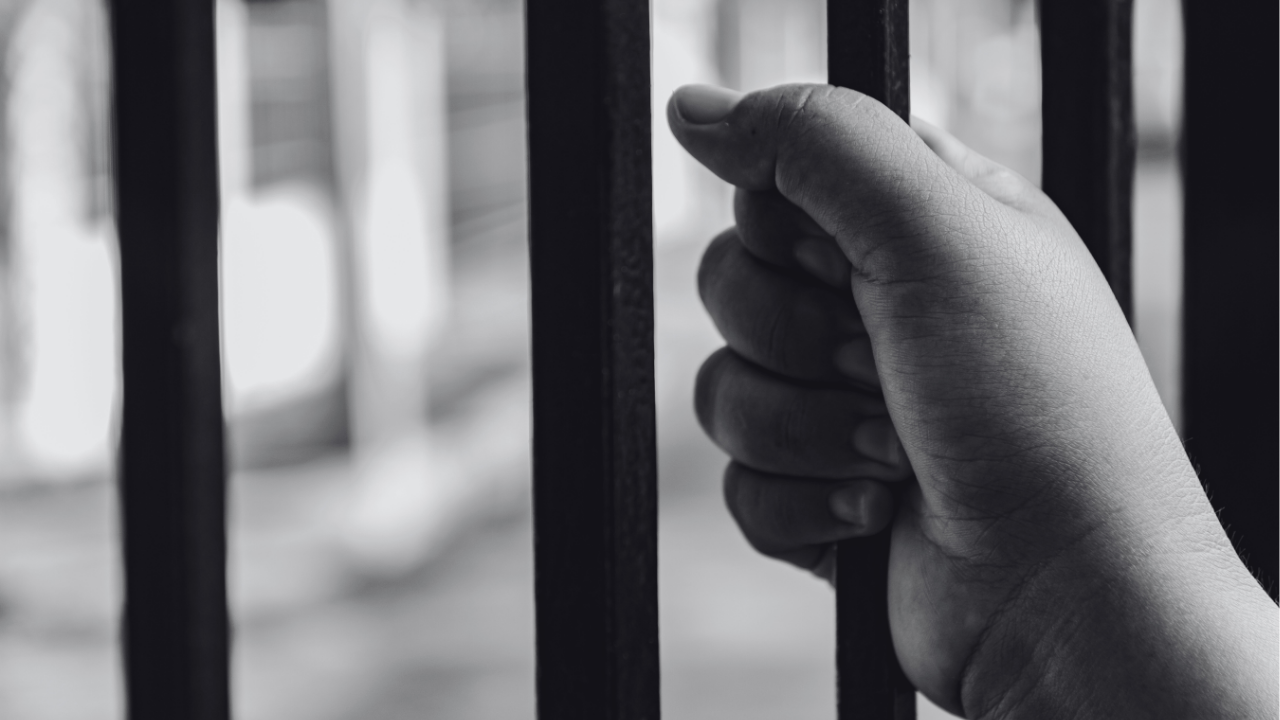“We call upon federal, provincial, and territorial governments to commit to eliminating the overrepresentation of Aboriginal people in custody over the next decade, and to issue detailed annual reports that monitor and evaluate progress in doing so.”
This is Call to Action #30 of the Truth and Reconciliation Commission’s 94 Calls to Action, issued 10 years ago. Since then, Canada has made progress on some calls, and stalled on others. But when it comes to Call #30, we have made the situation woefully worse than it has ever been.
Ten years ago, Indigenous adults, 5% of the total population in Canada, made up a shocking 27% of adult admissions to federal prison. Today, that proportion is 30% for Indigenous adult males, and an inconceivable 50% for Indigenous adult females. At provincial jails, the numbers are even more bleak. In Manitoba, Indigenous persons make up 18% of the general population, yet they comprise 77% of those being held in provincial jails. Indigenous youth make up 8% of Canada’s population, yet they account for 40% of all admissions to provincial and territorial jails. Female Indigenous youth make up a staggering 70% of all female youth in jails.1
Canada continues to fail Indigenous youth. And Canadian jails are 21st century residential schools.
The Supreme Court of Canada has repeatedly called this state of affairs a crisis. It has declared that the Canadian government is complicit in creating the circumstances for this travesty, and has called on sentencing judges to take into account the impact of colonization: the attack on Indigenous culture, language, traditional practices; and the systemic racism and discrimination faced by Indigenous peoples and communities, including lack of access to clean water, adequate housing, and medicine, mental health, education, and family supports. Furthermore, section 718.2(e) of the Criminal Code, enacted 27 years ago, directs judges to consider all alternatives to prisons when sentencing Indigenous offenders.
Yet neither Supreme Court judgements nor minor legislative amendments have had the desired effect, because the steps we have taken to address this grim injustice are either inadequate, or inadequately funded.
Section 718.2(e) of the Criminal Code does not mandate judges to avoid prisons for Indigenous inmates under any circumstances. It merely states a sentencing principle, one of several, which is not given greater weight than any other principle of sentencing, such as deterrence or denunciation. The law is inadequate. We must change the law so that judges are required to impose non-custodial, non-colonial-prison sentences on Indigenous persons, except in the most rare circumstances. The discretion granted to trial judges in sentencing is a fundamental feature of our criminal justice system, but the evidence is clear that the status quo perpetuates a deepening injustice.
It is widely recognized that healing lodges are effective alternatives to prisons. Currently there are only 10 lodges across the entire country, too few to make a significant impact. Moreover, some residents live far from the communities to which they must return and reintegrate, after serving their sentence. Only about half of these lodges are Indigenous-run; the other half are run by Correctional Services Canada. Like so many other Indigenous-led services, these lodges are chronically underfunded. Without adequate investment in a sufficient number of healing lodges, Indigenous persons will continue to be trapped in the revolving door of colonial prisons.
The inadequacy of current law is demonstrated by the recent case of Angela Davidson (Rainbow Eyes), Deputy Leader of the Green Party of Canada and a member of the Da’naxda’xw First Nation. Ms. Davidson received a 51-days jail sentence after being found guilty of contempt of court for defying injunctions which prohibited her and others’ attendance on specific tracts of land. She had defied these court orders in order to prevent old-growth logging in B.C.’s west coast. Despite having no criminal record, exemplary community leadership, and a family history of residential and Indian Day School trauma, she was incarcerated because the trial judge prioritized deterrence and denunciation over other sentencing factors, including her Indigenous background. The fact that this Indigenous woman with deep community standing posed no danger to others, committed non-violent offences in defense of the land, and that there is urgent need to reduce Indigenous incarceration, still could not keep her out of jail. The Appeal Courts, as well, refused to substitute a non-custodial sentence. This case illustrates that the current law, which places all principles of sentencing on equal footing, is ineffective at curbing the rate of incarceration of Indigenous persons, even when they are convicted for non-violent offences, where the underlying conduct was civil disobedience aimed at land protection. Our laws must mandate that judges prioritize and impose non-custodial sentences for most Indigenous people.
Long-term, the most effective way of reducing over-incarceration is to address the underlying factors: intergenerational trauma from forced loss of language and culture, forced removal from land, residential school violence, racist laws, and missing and murdered Indigenous women, and child removal from Indigenous families, and from poverty, inadequate access to education and health resources, and discrimination in the criminal justice system. Yet, year-after-year, our governments announce program funding with great fanfare, and Indigenous leaders spend precious time and resources developing programs, only to see those funds not renewed the following year.
In order to give meaning and effect to Call to Action #30, all this must change.
This National Truth and Reconciliation Day, we must all demand that our governments do everything it takes to end the travesty of mass incarceration of Indigenous Peoples.
Dyanoosh Youssefi, Justice Critic, Green Party of Canada Shadow Cabinet
1See https://www.justice.gc.ca/eng/rp-pr/jr/jf-pf/2024/nov.html, for example
